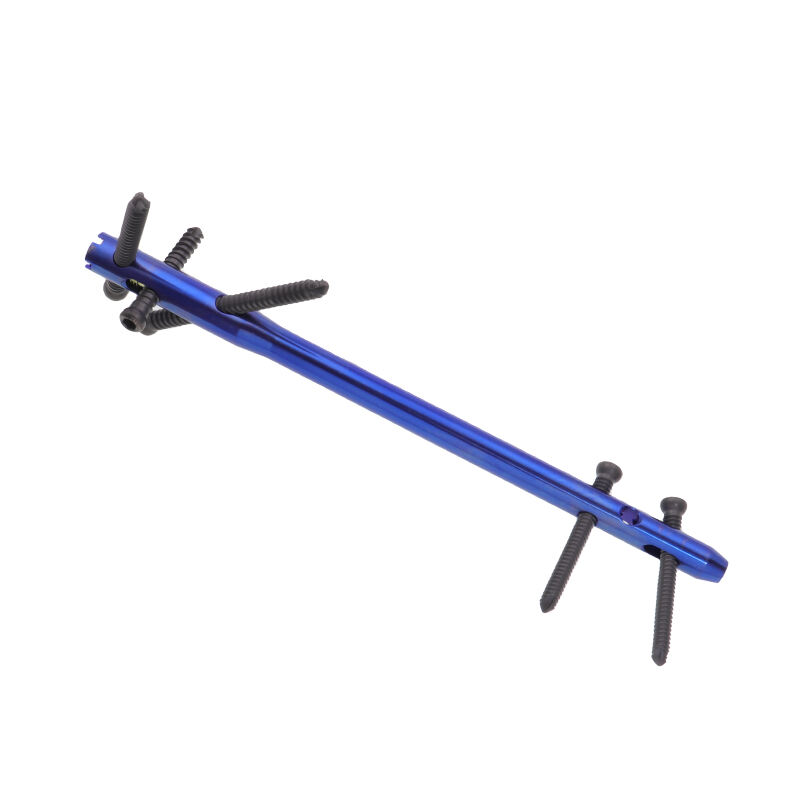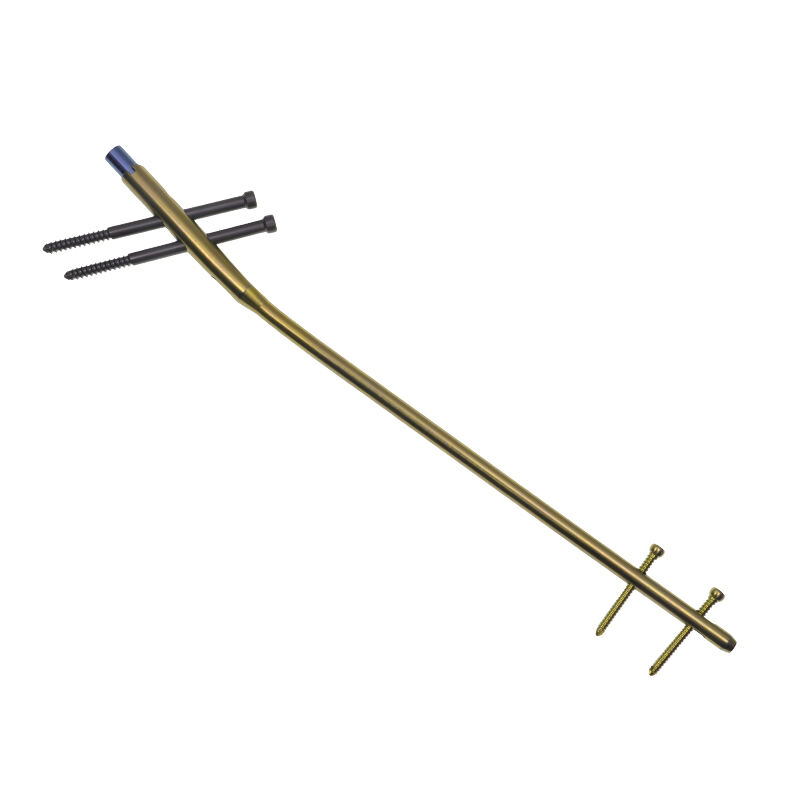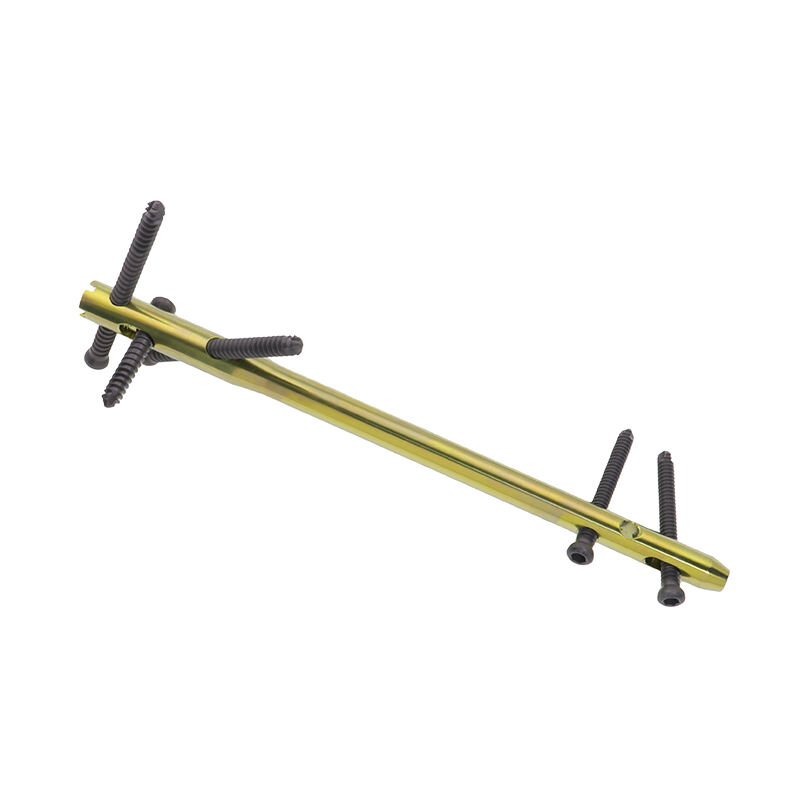humerus interlocking nail
The humerus interlocking nail represents a significant advancement in orthopedic surgery, specifically designed for treating complex fractures of the upper arm bone. This innovative medical device consists of a metallic rod that is inserted into the medullary canal of the humerus, providing exceptional stability through its unique interlocking mechanism. The nail features specialized holes at both proximal and distal ends, allowing for the placement of locking screws that prevent rotation and maintain proper bone alignment during the healing process. The design incorporates anatomically contoured angles and varying diameters to ensure optimal fit and functionality across different patient anatomies. Manufactured from biocompatible materials, typically titanium alloy, the nail offers excellent strength-to-weight ratio and biological compatibility. The system includes comprehensive instrumentation for precise insertion and locking, enabling surgeons to achieve accurate reduction and fixation of fractures. This treatment solution is particularly effective for managing diaphyseal fractures, pathological fractures, and cases requiring immediate stabilization. The interlocking mechanism allows for both static and dynamic fixation options, adapting to specific fracture patterns and healing requirements. Modern designs incorporate features that facilitate minimally invasive surgical techniques, reducing soft tissue trauma and promoting faster recovery.


